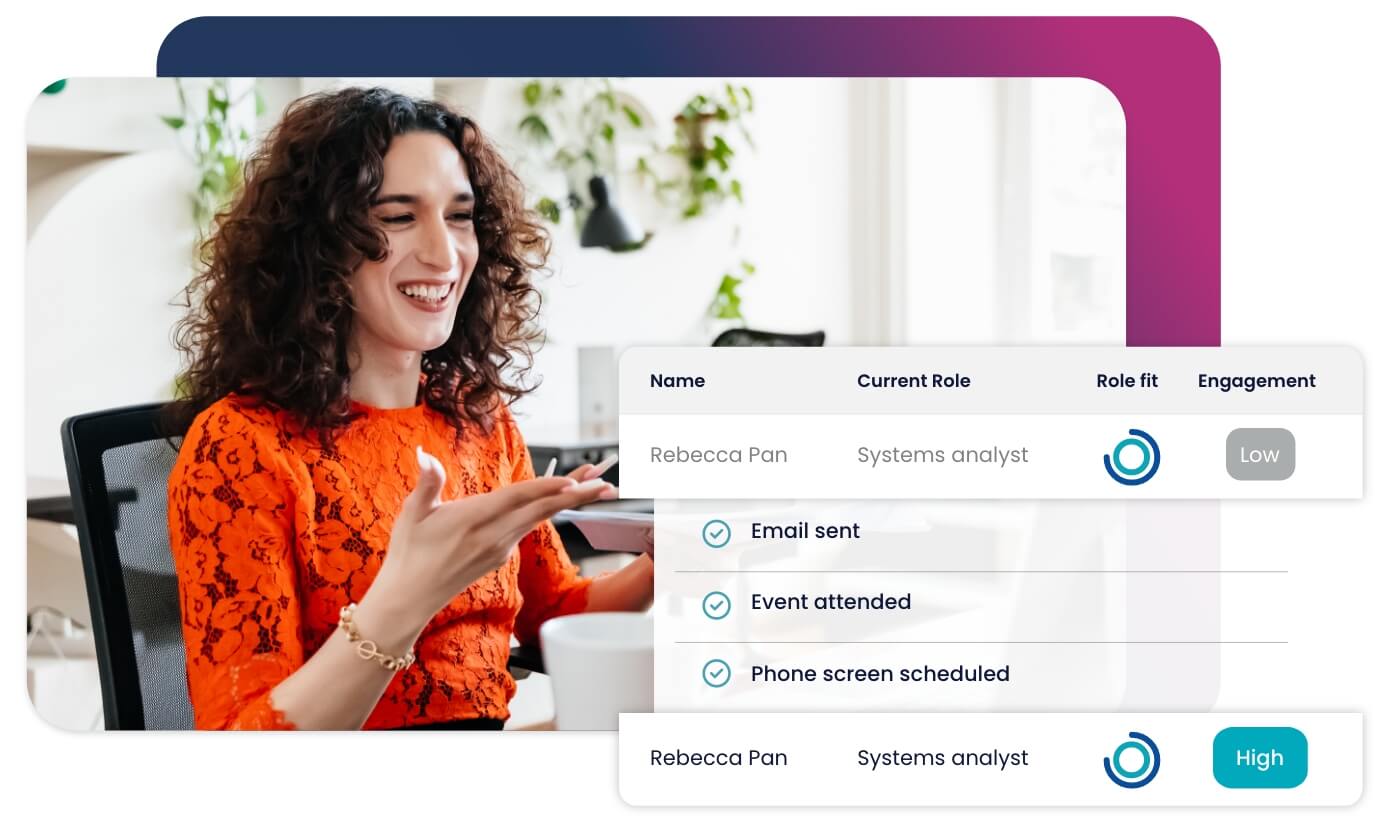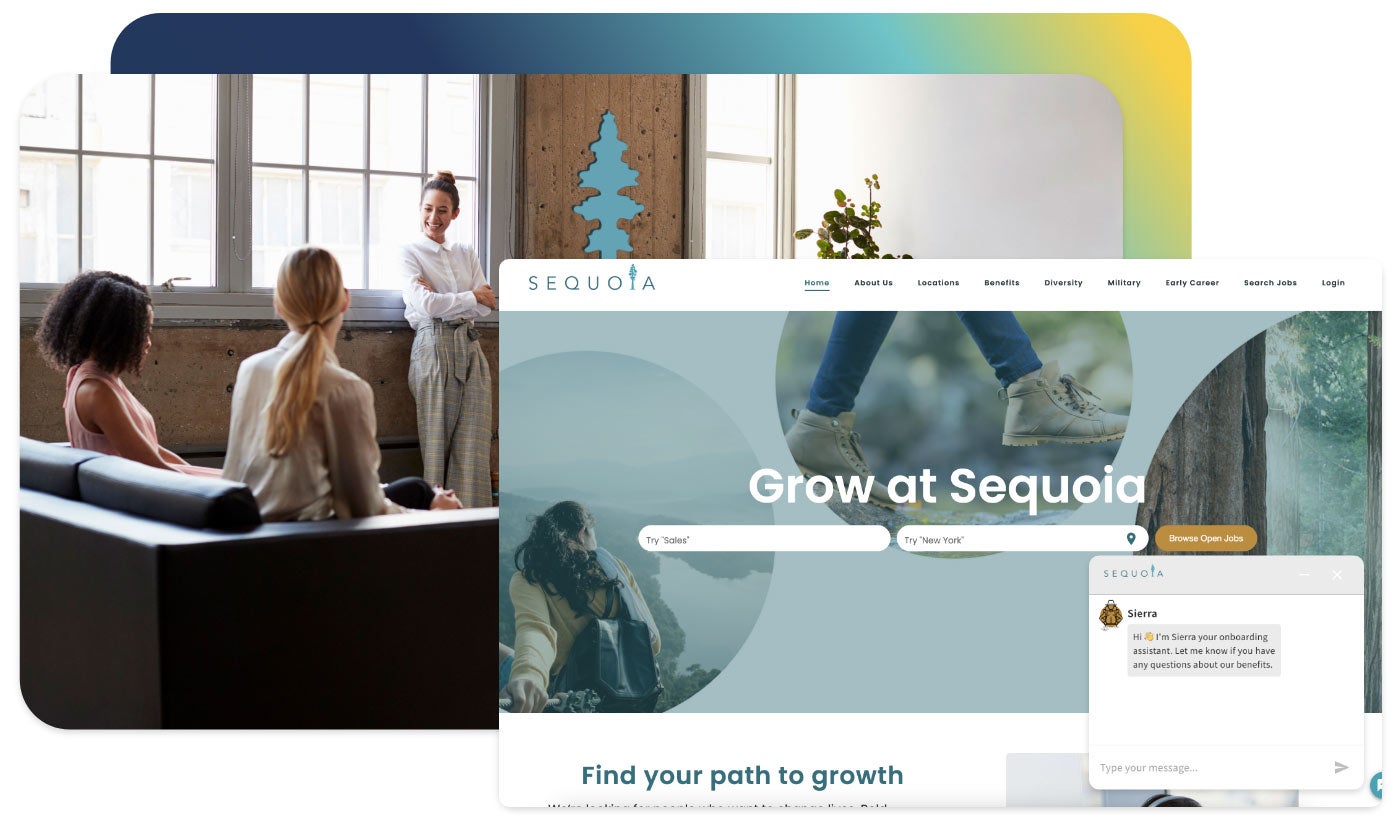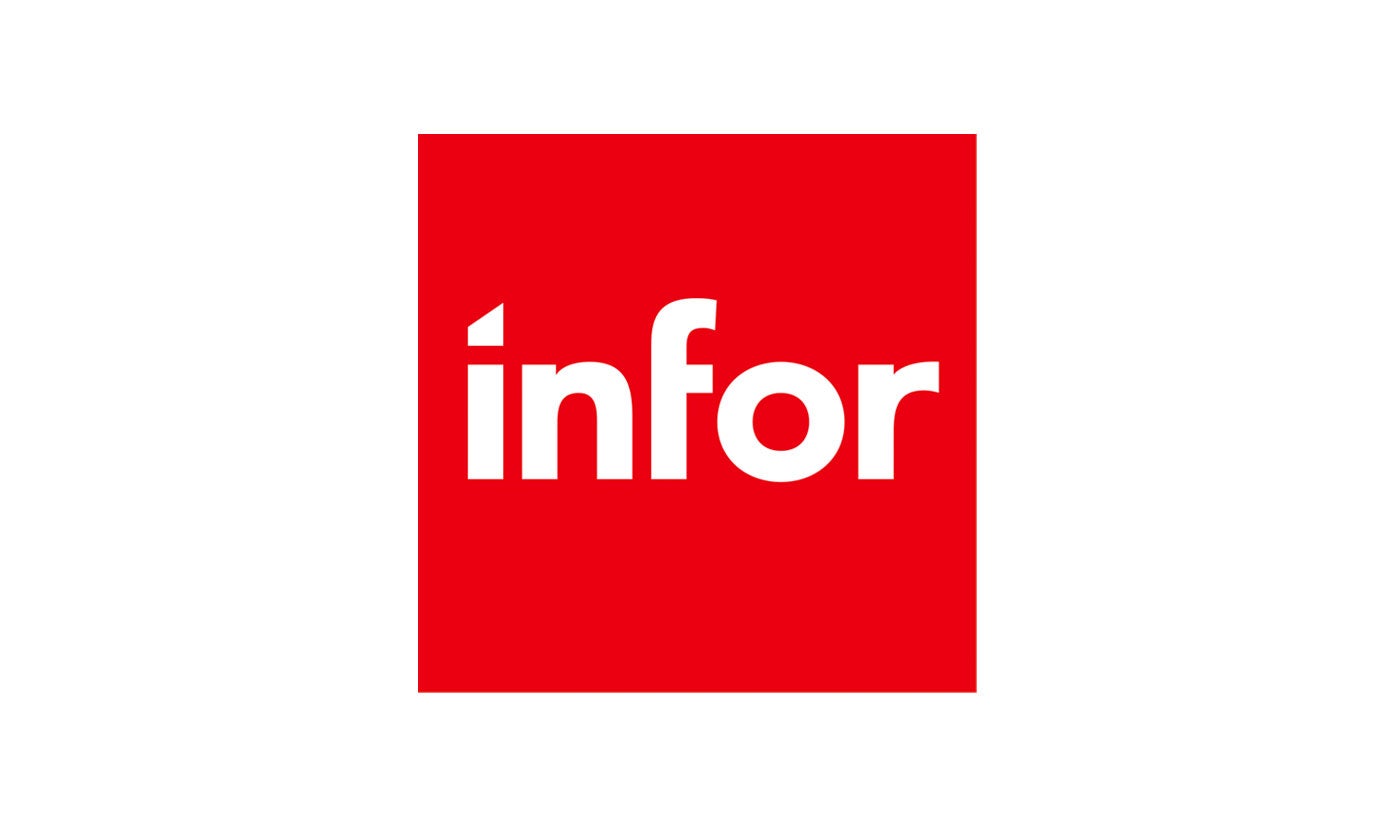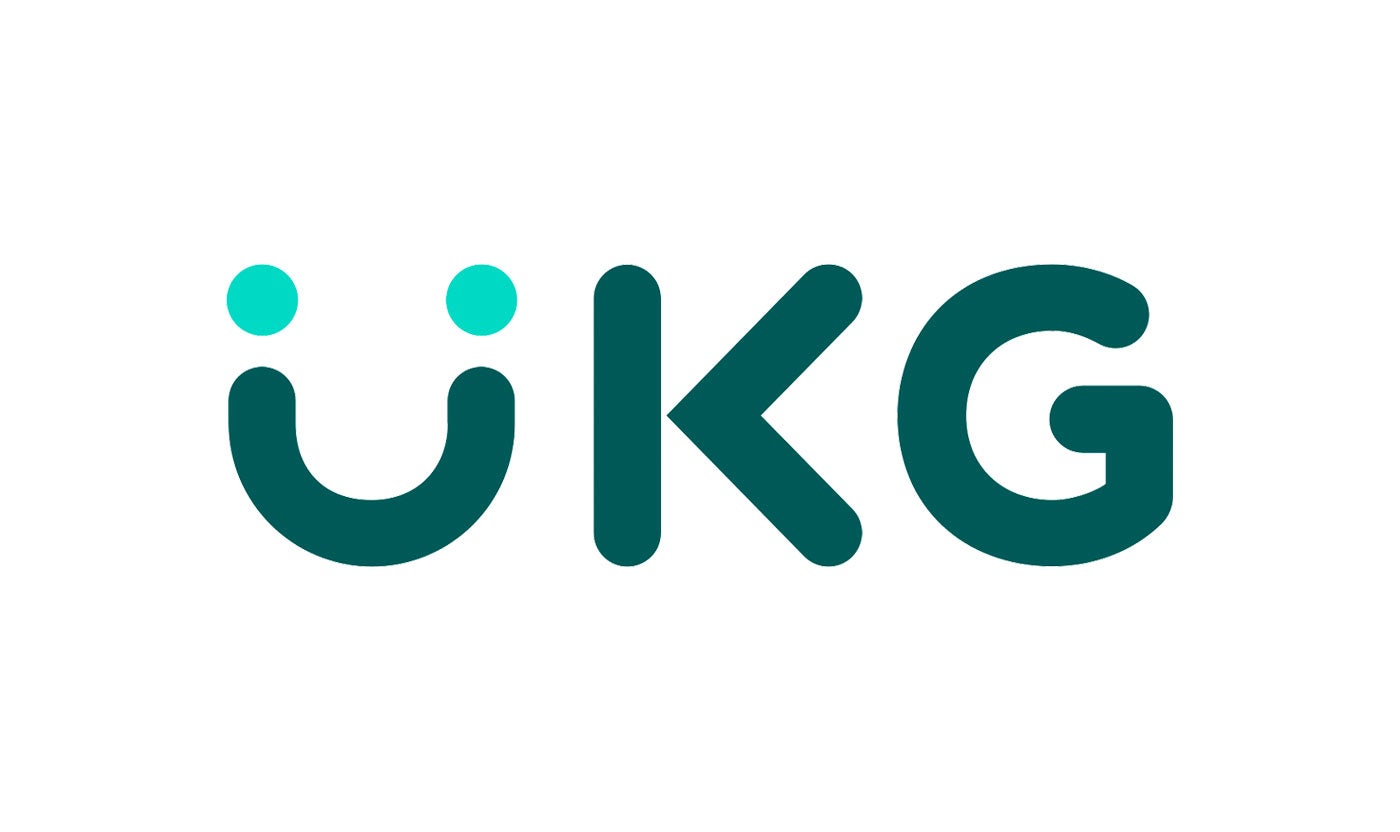





Accelerate hiring key talent to deliver care and exceed patient satisfaction.

Attract skilled candidates, speed up hiring and grow expertise in your workforce.

Simplify recruiting finance and banking talent with a platform for hard-to-fill roles.


Build a talent pipeline that engages and drives your business forward.


See how diverse and global enterprises use iCIMS to employ millions, drive innovation and connect communities worldwide.

Learn how a beloved restaurant hires 40,000+ annually with a great candidate experience.
Uncover unique market insights, explore best practices and gain access to talent experts across our library of content.


View press releases, media coverage, the latest hiring data and see what analysts are saying about iCIMS.


Streamline your tech stack and take advantage of a better user experience and stronger data governance with ADP and iCIMS.

The combined power of iCIMS and Infor helps organizations strategically align their business and talent objectives.

Our award-winning partnership with Microsoft is grounded in a shared desire to transform the workplace and the hiring team experience.

Our partnership with Ultimate Kronos Group (UKG) supports the entire talent lifecycle by bringing frictionless recruiting solutions to UKG Pro Onboarding.
In recent years, virtual recruiting has evolved from a novelty to a necessity for recruiters around the world. Recent disruptions to the world economy, as well as to our ability to travel and congregate, have only made virtual recruiting more important to every company’s hiring strategy.
Here’s we’ll explore why virtual recruiting is important and how companies can apply it to their recruiting strategies.
Virtual recruiting is a hiring process that takes place remotely, without face-to-face interactions between recruiters and candidates. It is usually facilitated by technology solutions like:
The use and popularity of video interviewing is increasing steadily as more employees choose to work from home. However, video interviewing software has a use beyond expanding your pool of candidates.
In many cases, it’s useful to ask candidates to pre-record an interview before progressing finalists to in-person interviews. On-demand video interviews save everyone time – candidates, recruiters, and hiring managers – and create a low-pressure environment for introverted candidates to shine.
Traditionally, many employers relied on in-person career fairs on high school and college campuses. Today, employers can expand their reach to more job seekers by hosting virtual hiring events. Not only can recruiters be in more places at once, the information job seekers share with you is stored and centralized, making it easier to follow-up later.
Virtual events can also include career fairs, seminars, info sessions, webinars, and professional development sessions.
The fastest way to reach today’s job seekers is through text messaging and apps like Facebook Messenger and Whatsapp. That’s where their attention is. But you can’t be in all places at once. Recruiting chatbots communicate for you on these solutions and your website. They can answer candidate FAQs, point job seekers in the right direction, suggest jobs, encourage applications, and schedule interviews.
For many, the future of work will be defined by dispersed teams, remote employees, flexible schedules, and a hybrid of in-office and at-home work. These recruiting solutions help hiring teams host interviews and evaluate candidates regardless of their work arrangements.
The biggest advantage of virtual recruiting is the ability to continue recruiting efforts even in challenging situations, such as:
Offering virtual hiring options ensures there are always alternatives when face-to-face meetings are not possible.
In some cases, candidates may prefer a virtual interview instead of an in-person interview. Offering virtual meetings as an option can not only improve the candidate experience, but it can help recruiters save time.
Virtual recruiting enables recruiters to screen more candidates in a shorter timeframe, especially when they are empowered with other online tools like assessments, templates, and automated applications.
Finally, virtual recruiting can help to remediate bias in the recruiting process. Candidates who previously would have been looked over due to their location become potential hires when you can meet them virtually. When paired with other digital recruiting solutions, such as AI recruiting software, organizations can eliminate bias even more.
Some of the things you need to recruit virtually are likely already part of your recruiting strategy. Phone screens and emails, for example. However, parts of your virtual recruiting strategy require support from other recruiting technologies and software.
Some of the most important tools include:
You should also incorporate ways to introduce candidates to your company culture without the need to invite them into the office. Virtual office tours, virtual meet-and-greets with office staff, and virtual training sessions are all great ways to bring the in-office experience online.
Finally, you should take advantage of virtual events as part of your recruitment marketing strategy. Virtual career fairs and virtual “open houses” are a great way to bolster your talent pool, as you can engage talent from around the world at little cost.
Unless circumstances require it, virtual recruiting should only be part of your overall recruiting strategy. Leave the option open for candidates who would prefer to interview in-person and be sure to incorporate communication tools that enable you to teach candidates on their preferred channels. Some candidates still prefer a phone call, but others may want to communicate via SMS, social media messaging apps, or video conferencing.
Recruiting software that collects candidate or employee data online needs to comply with EEOC guidelines and the Equality Act. This means assessing candidates on their merits and not rejecting them on the basis of:
While employers may not intend to do so, there is still the risk of unconscious bias. Blind resume screening, DEI dashboards, and AI-powered job matching all go a long way to reducing bias and ensuring a fair recruiting process for all.
Global organizations should also keep in mind legal requirements for recruiting in all the jurisdictions they operate in. Local labor and privacy laws can and do differ country to country and state to state.
Like virtual hiring, onboarding employees in a remote environment requires additional tools and considerations. Traditionally, new hire onboarding starts on day one of employment and takes place on the job site or in a classroom. That’s not possible in a remote environment, meaning everything from new hire paperwork to training needs to be completed online.
Communication tools like video conferencing and text messaging apps are vital here. But so is creating a single, personalized space for new hires to access information, paperwork, training, and other new hire tasks.
Employee onboarding software includes virtual onboarding portals that keep new hires organized and can be organized by role type or individual. You can also share onboarding portals before your new hire’s start day so they’re more prepared to get started on their first day.
Virtual recruiting may work differently than the traditional recruiting process, but it should still adhere to the same standards. When searching for virtual recruiting solutions, use tools and software that will integrate seamlessly into your existing recruiting technology. If you use automation, task scheduling, and text recruiting tools as part of your regular recruiting strategy, you should incorporate them into your virtual strategy as well.
You can also integrate your virtual strategy into your recruitment marketing efforts. A robust career site, personalized messages, and clear branding are all important elements for developing a strong hiring funnel, whether you’re engaging candidates in-person or virtually.
Virtual recruiting is an all-encompassing strategy that requires the use of many different types of software applications. Generally, you’ll need to integrate your strategy with standard HR solutions like an ATS, HCM, employee onboarding tools, payroll management solutions, and more.
The tools you’ll need to launch a virtual recruiting initiative include:
By combining these elements, you can attract viable candidates to your organization to build an engaging virtual experience.

